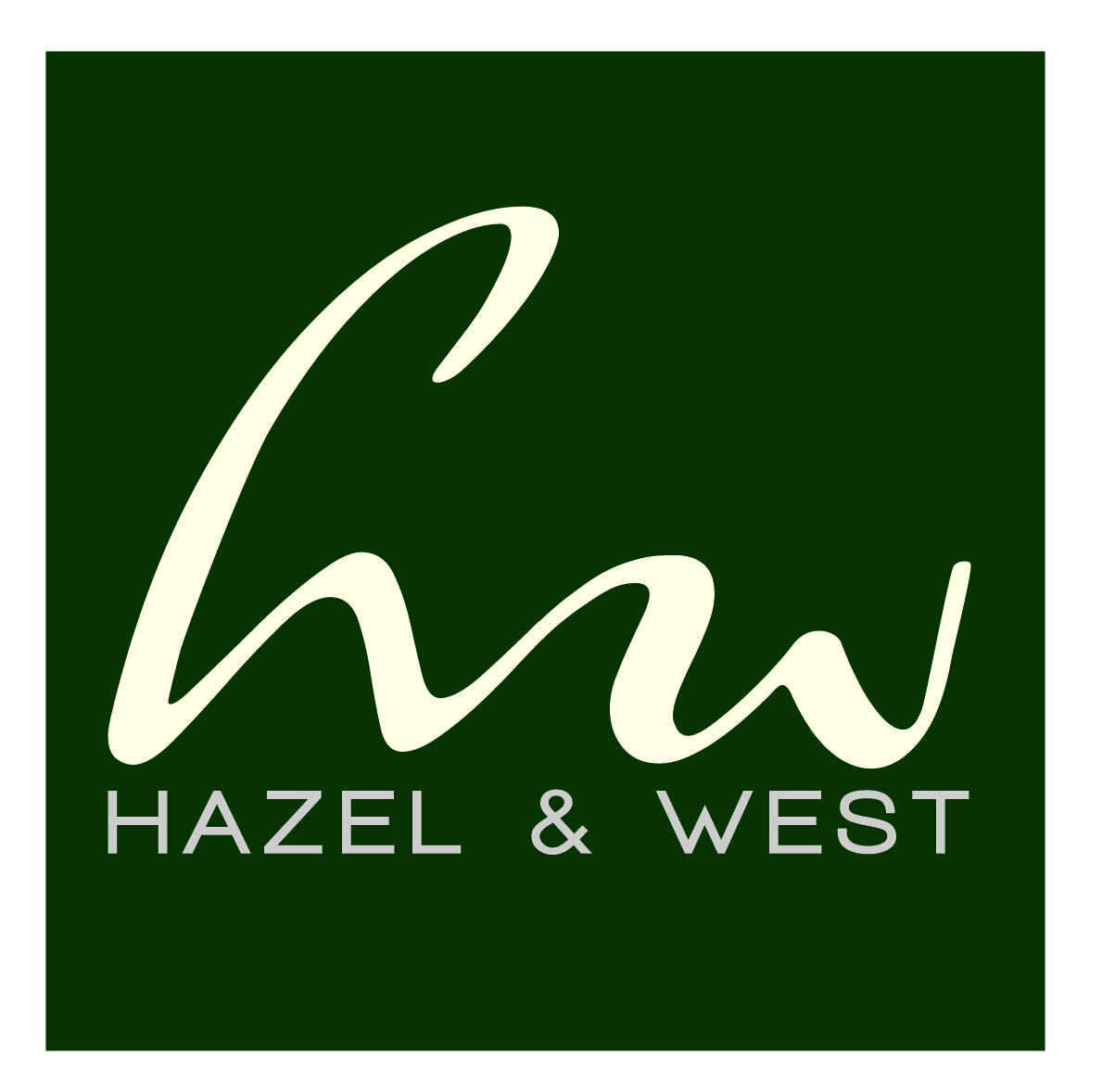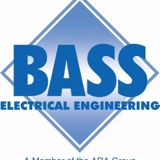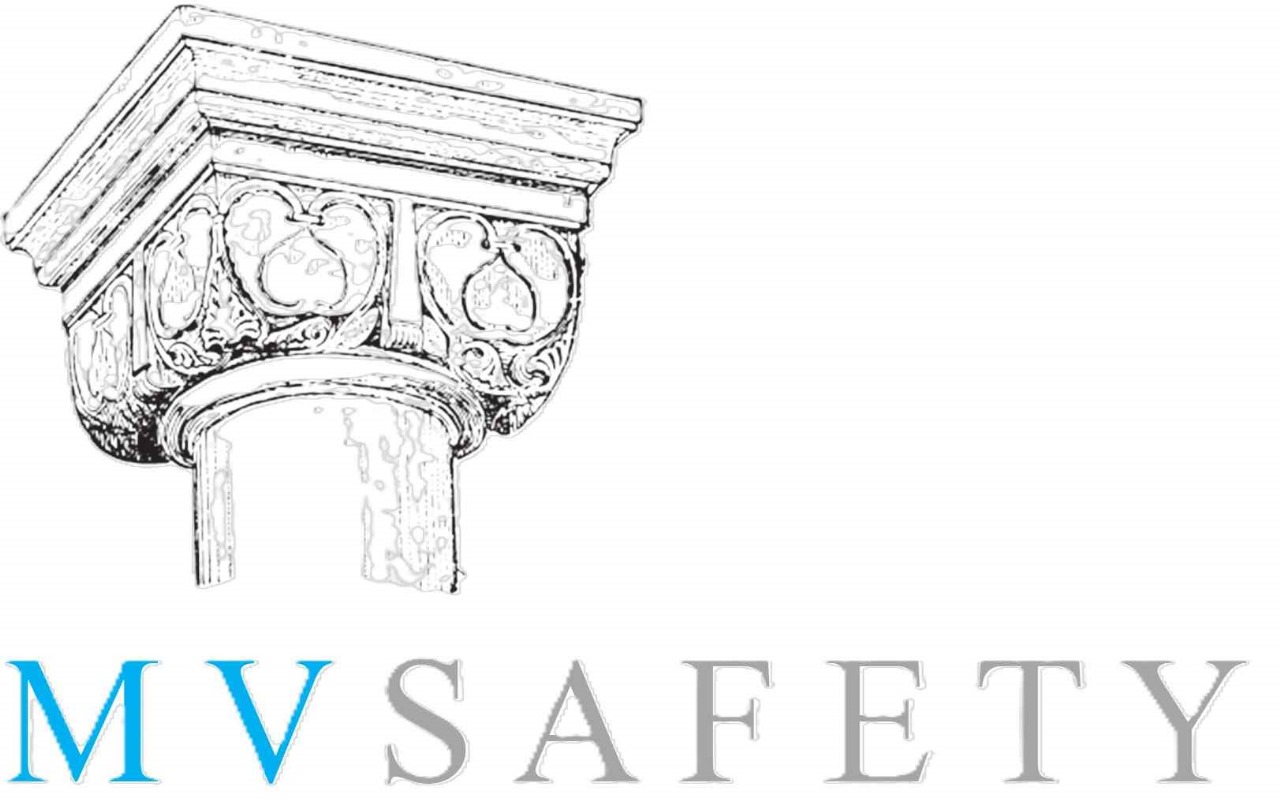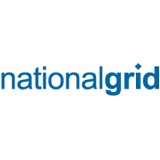Information
-
Conducted on
-
Location
-
Conducted by
-
Competent Person for Project
-
Number of employees on job site
-
Excavation Depth & Width (Estimated)
-
Type of soil (opinion of Loss Control Consultant)
- Solid rock
- Type A
- Type B
- Type C
- Combination Soil
-
Does the risk conduct weekly tool box meetings<br>
-
Any additional comments
GENERAL INSPECTION
-
Have utilities been located and marked<br>
-
Is there at least one competent person currently on the job
-
Does the designated Competent Person have authority to shut the job down
-
Has the Competent Person had specific training in -- and is knowledge about -- soil analysis, use of protective systems
-
Has a daily inspection form been completed by Competent Person<br>
-
Did competent person do a visual test to determine soil type<br>
-
What manual test did the Competent Person do to determine soil type
-
Based on the Competent Person's tests, what do they consider the soil type to be
-
Does your assessment match the Competent Persons<br>
-
Are excavations, adjacent areas, and protective systems inspected by a competent person:
- Daily prior to start of work
- As needed throughout the shift
- After every rainstorm or other occurrence that could increase the hazard
- All of the above
-
If the trench is 5 feet or deeper what protection system is being used (slop, bench, shoring, trench box)
-
If manufactured protective systems are being used, are they in good working condition
-
If trench boxes used are they at least 18” above the soil<br>
-
Are employees prohibited from remaining in a shield system during vertical movement?
-
If sloping or benching used was it at the proper angle and or dimensions<br>
-
If the trench is 4 feet or deeper does it have a means of egress<br>
-
Is the egress no more than 25 feet of lateral travel for employees
-
If ladders are being used for egress do they extend 3 feet above the top<br>
-
If structural ramps being used were they designed by a competent person<br>
-
Are walkways and bridges over excavations 6 feet or more in depth and 30 inches or more in width equipped with standard guard rails and toe-boards?
-
Area surface encumbrances removed or supported (ie: boulders, trees, sidewalks)<br>
-
Are all employees protected from loose rock or soil that could pose a hazard by falling or rolling into the excavation?
-
Are Hard hats worn by all employees if required
-
Have any underground installations been protected, supported, or removed (ie: piping, conduit, etc.) <br>
-
Has the Competent Person looked for shrinkage cracks on trench wall<br>
-
Are spoiled, materials, and equipment set back at least 2 feet from the edge of your excavation
-
Are highly visible clothing or vest provided and worn by all employees exposed to vehicle traffic?
-
Are warning systems established and used when mobile equipment is operating near the edge of an excavation?
-
Are employees prohibited from going under suspended loads?
-
Are employees prohibited from working on the face of slope or benched excavation above other employees?
-
If there is water in the trench, is appropriate water removal equipment being used and monitored by the Competent Person<br>
-
Is the atmosphere within all excavations tested when there is a reasonable possibility of an oxygen deficiency, oxygen enriched, combustible, toxic, or other harmful contaminant?
-
Are adequate precautions taken to protect employees from exposures to an atmosphere containing less then 19.5% oxygen and or other hazardous atmosphere?
-
Is mobile equipment that could create a sidewall failure a safe distance away <br>
-
Is emergency equipment available when hazardous atmosphere could or do exist?
-
Are employees trained to use personal protective equipment and other rescue equipment?
-
Any additional Comments
Photos of job site
-
Enter Photos












